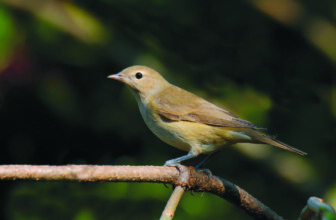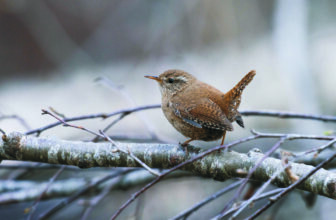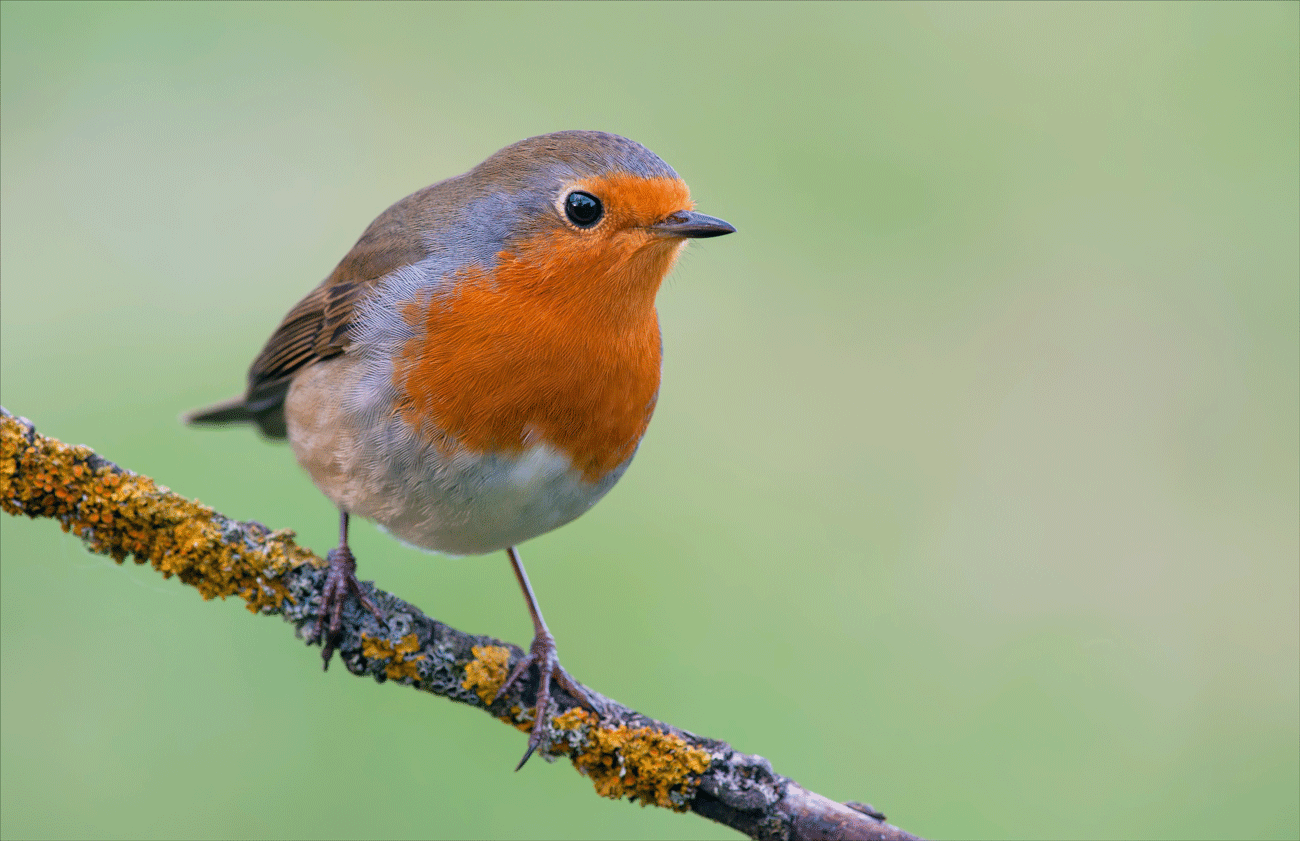
Around 105 bird species may be typically seen in and around Cranleigh during a full year if you try hard enough. And that gave me an idea.
What if I could find 110 ? That would be a personal record for the area. And why give up there? How about 120? Was there even a chance?
I like the number 120. The fastest I ever drove was 120mph. That was in an ambulance and on a test track, of course. But that’s another story. Saw no birds that day though…
I worked out 120 might be possible with some dedication, a variety of suitable weather conditions, and a fair slice of luck. But I would have to rely on all the usual birds turning up – which many are sadly doing in lower numbers each year – plus a sprinkling of scarce and Surrey rarities.
January 1st 2022 dawned still and dry with some sunny moments. I woke up to hear a Robin. Often it is my first bird in any year. The game was on.
The usual fare, such as Collared Dove, Carrion Crow, Blue Tit, House Sparrow, Starling, Dunnock. Wood Pigeon, Jackdaw, Greenfinch, Blackbird and Herring Gull soon followed in the next five minutes. I was a tenth of the way towards my target already!
On a new year’s walk I added a few farmland species to my list including some threatened species such as calling Skylarks and Woodlarks.
Seed-rich fields are hard to find around here, we have too many full of grass and attracting very little, but on one I found winter visitors excitedly enjoying a hearty breakfast. These included Redwing, Chaffinch, Siskin, an impressive flock of 280 Linnet and a Stonechat. Birds of the day were two Brambling – which are not annually guaranteed here.
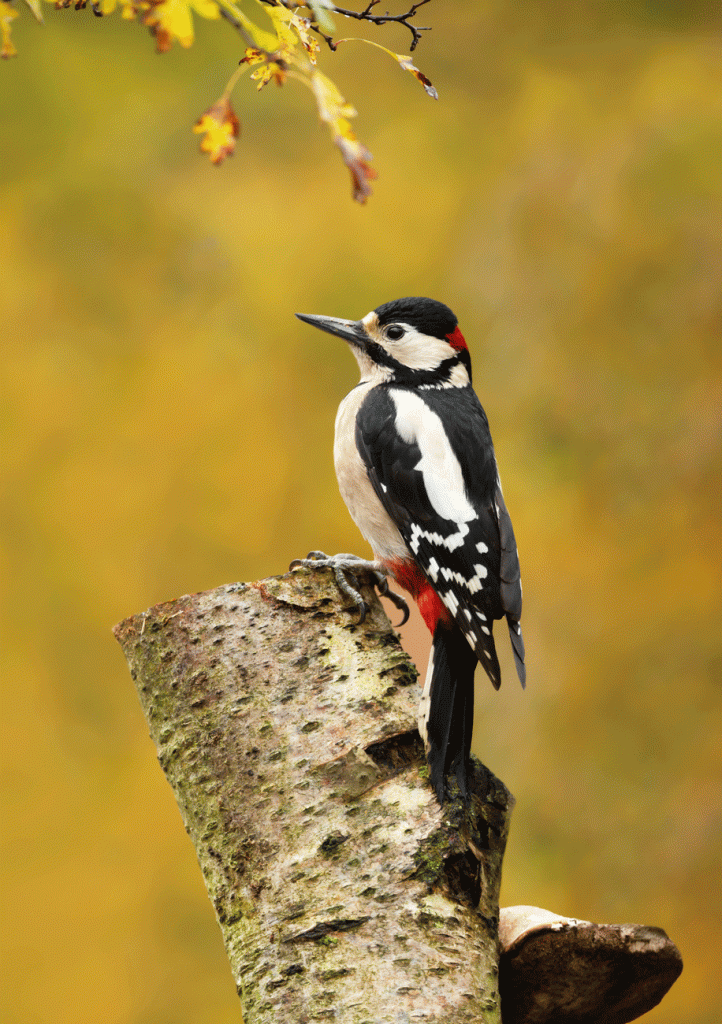
An optimistic Great Spotted Woodpecker was drumming up at Cranleigh School, reminding me the season was turning and Spring was on its way. Last up on fields at Glebelands School were three Common Gulls (not common here) tucked in among over 200 Black-headed Gulls. The final tally for the day included our four most often seen raptors – Common Buzzard, Red Kite, Sparrowhawk and Kestrel.
Day total: 48.
The first week of January continued with a Tawny Owl hooting before daybreak while visits to suitable habitat revealed three Water Rails, Marsh Tit, Mandarin, Raven, Fieldfare, Egyptian Goose and a flyover flock of 32 Wigeon – only the second local record this century.
I found Crossbills and Dartford Warblers in the Hurtwood and during an icy period some nervous Teal on a small pond and Snipe in a flooded area. A pair of Goosander, neither regular or common here, were occasionally seen flying, swimming and diving.
A flock of over 100 Lapwing spent several weeks at another farm site – the highest number for years of this fast-vanishing winter visiting wader, formerly a breeder with us.
By the month’s end I had notched up 79 species including a Woodcock which flew up right in front of me one evening, Meadow Pipit, Little Grebe, Gadwall, a scarce Great Black- backed Gull and Yellowhammer.
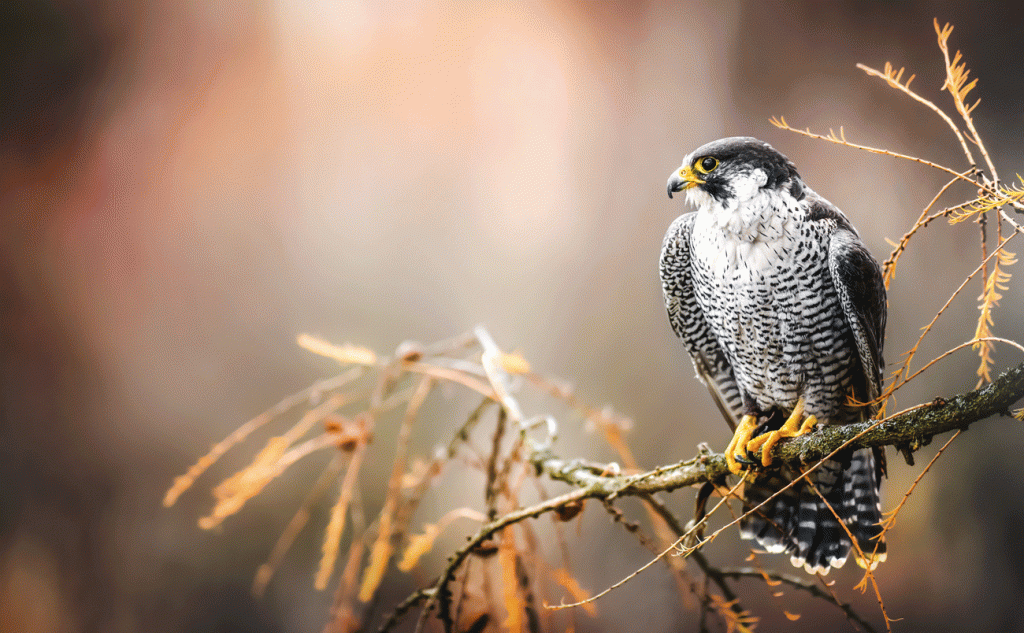
February gifted a Little Egret flying over the Ewhurst Road one morning and then a magnificent Peregrine Falcon sitting on a metal gate as I was driven by in a Land Rover. But birding had to stop briefly when I was temporarily out of action after catching Covid.
March 1st heralded the first ‘summer’ migrant of the year – a singing Blackcap in the garden. Overwintering birds are seen around the bird feeders in many winters but this was the first I noticed.
A week later the first Chiffchaff of Spring sang in a wood by the Wey South Path and after much looking I finally caught up with a Lesser Redpoll on Pitch Hill, just in time before it moved on for the summer. My 85th species.
I checked a farm where I saw a pair of rare Grey Partridge the previous year and, hey presto, maybe it was the very same pair in the same place! These two are the only ones I’ve encountered in Cranleigh since the 1990s. Good job there is no shooting there.
A splendid male Wheatear stopped briefly to feed on a ploughed field in April and I logged the first Swallow high over Hurtwood Park Polo Club, Ewhurst, on the early date of 10th April. A pair of Shoveler, rare visitors here, were an unexpected boost to the list and showed for all of 10 seconds in a pond before disappearing into cover.
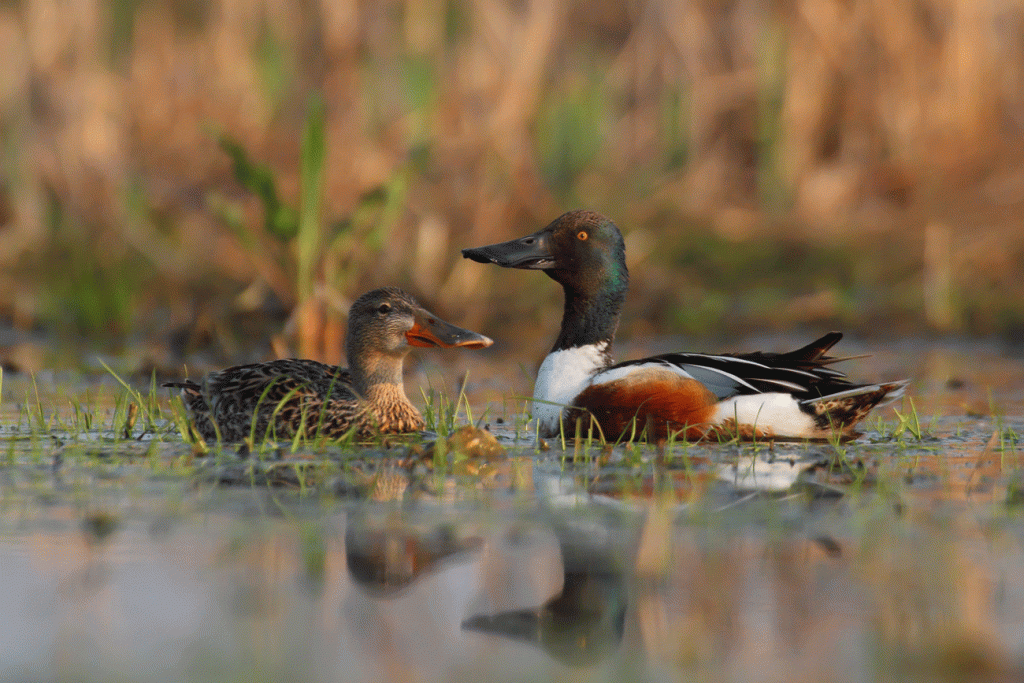
The 13th proved joyous when I heard the first Nightingale singing beautifully in a hedge – one of a fabulous total of 26 males I came across in the vicinity during April and May, my highest count ever.
Favourable weather conditions also brought the first Cuckoo of the year to Surrey that day so I headed for Winterfold in the evening and was rewarded with one calling three times alongside another new arrival – a singing Willow Warbler.
Tree Pipit, a severely decreasing African visitor, arrived on the 17th and sang as it performed its parachuting display flight and I enjoyed the first singing male Common Whitethroat the next day, part of an overnight ‘fall’ of this species along the Downs Link.
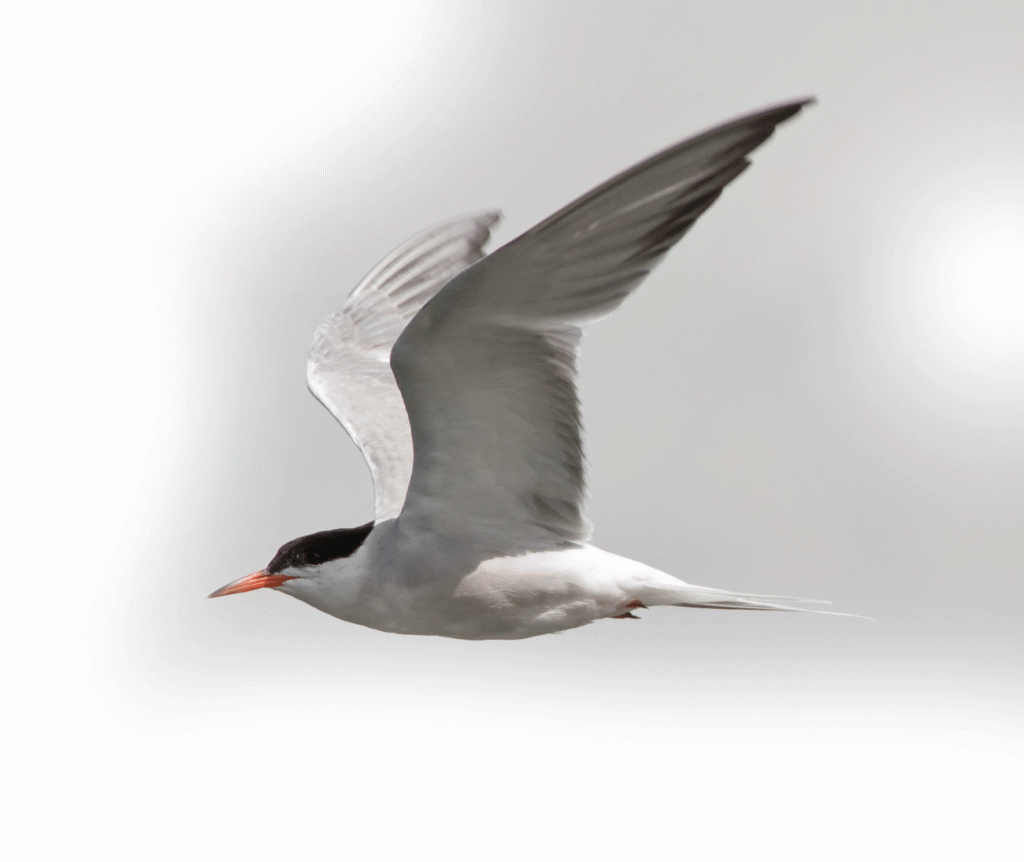
All the way from far southern shores, the now regular Common Terns had arrived by the 19th and screamed noisily as they chased one another overhead. Two House Martin appeared at the same time but continued going north.
Yay! In the third week a Sedge Warbler sang for half an hour in dense scrub one morning after stopping off briefly on migration. It was only the fifth record for the area. Minutes later another African visitor, a Garden Warbler that stayed to breed, belted out its scratchy jumbling tune from bushes only 50 metres away.
That took me to 99 and I didn’t have to wait long to hit the century. Bird number 100, a Sand Martin, flew east in the evening of 23rd April. I thought I’d seen one earlier that day so spent the afternoon looking out for another over the garden.
But could I get to the magic 120? I had just over eight months to try but knew it would be a big ask and would have to deliver some tales of the unexpected. Find out how I got on in the Cranleigh Magazine next month.




